The Governor’s Palace, a building dating from the late 19th century which, until 1918, was the headquarters of the Hungarian governors who ruled Rijeka, was lit up in blue light and as we climbed a steep street from the seafront. We could already hear the music. The Humanitarian Ball of the 37th Carnival in Rijeka is being held in this building, which is today the Maritime and History Museum of the Croatian Littoral.
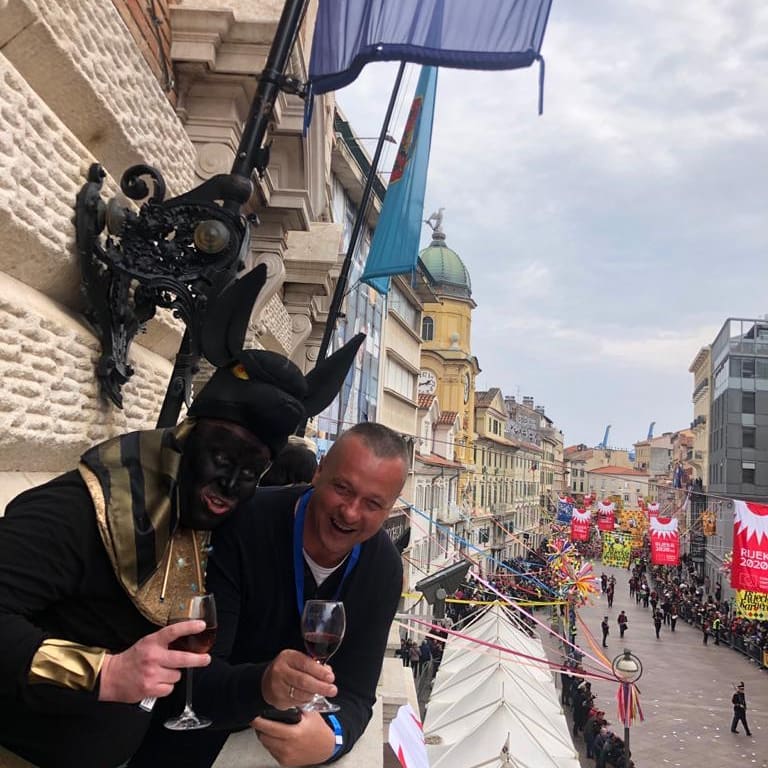
View from the balcony of the City Hall on the promenade
Town music orchestra is playing jazz and pop classics while masked guests are dancing on the floor. After a few minutes, I spot Vojko Obersnel, who’s been the mayor of “red” Rijeka for 20 years, and I recognize several ambassadors I met earlier at Diplomacy & Commerce receptions. Everyone is relaxed and exhilarated and my first impression is that we have crossed the border of the Balkans, that is the Balkans where water polo players are forced to jump into the sea in Split to escape an angry mob, where the effigy of a gay couple with an adopted child is burned at the Imotski carnival, where tens of thousands of people are participating in ecclesiastical litanies across Montenegro, where people in Bosnia and Herzegovina are again in conflict over the borders 142 years since the departure of the Turks…
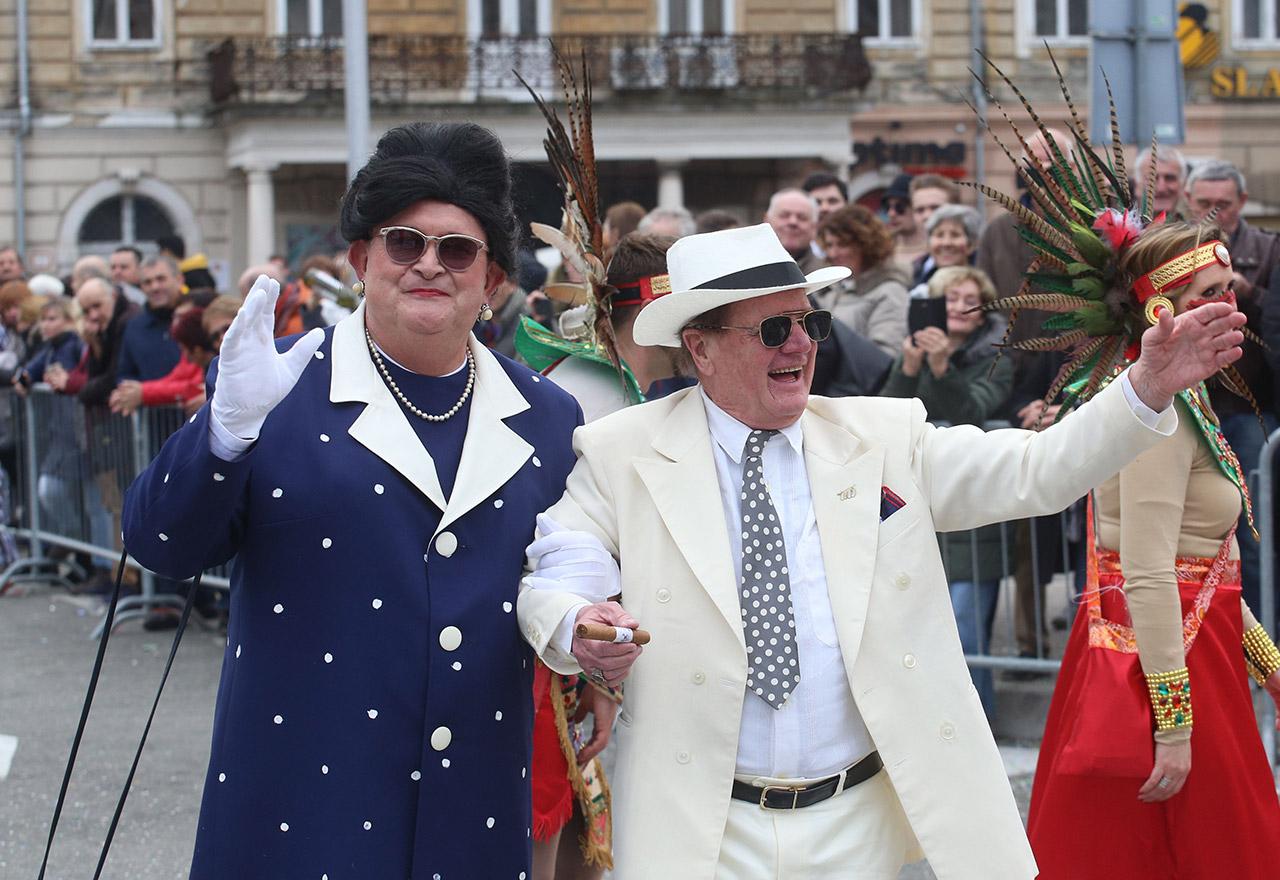
Mayor Obersnel as Jovanka Broz and Master Toni as Tito
Rijeka also didn’t have it easy only 100 years ago which could be seen from the history of the palace where the dance is now taking place (see insert).
An elderly lady in red crinoline asks me if I am “a gentleman from the Montenegrin embassy with whom she chatted last year at the City Hall” I realize that, in the atmosphere of a carnival (my “Phantom of the Opera” mask only covered half of my face), people only recognize themselves by their physiognomies. She goes on to say that “the gentleman from Montenegro” was very nice, so I was too, not to spoil the reputation of the Montenegrin diplomacy.
The majorettes of Rijeka, who now wear luminous batons, pass by. Behind them are the representatives of Rijeka’s twin city, Kawasaki, dressed in traditional kimonos, sing traditional Japanese melodies. The highlight of the evening is a gift from the US Ambassador – a Mardi Grass band from New Orleans that evoked the atmosphere of the most famous carnival in North America. Before we left, the Belfast Food Band, a slightly less intense version of our Orthodox Celts, perform lively Irish songs.
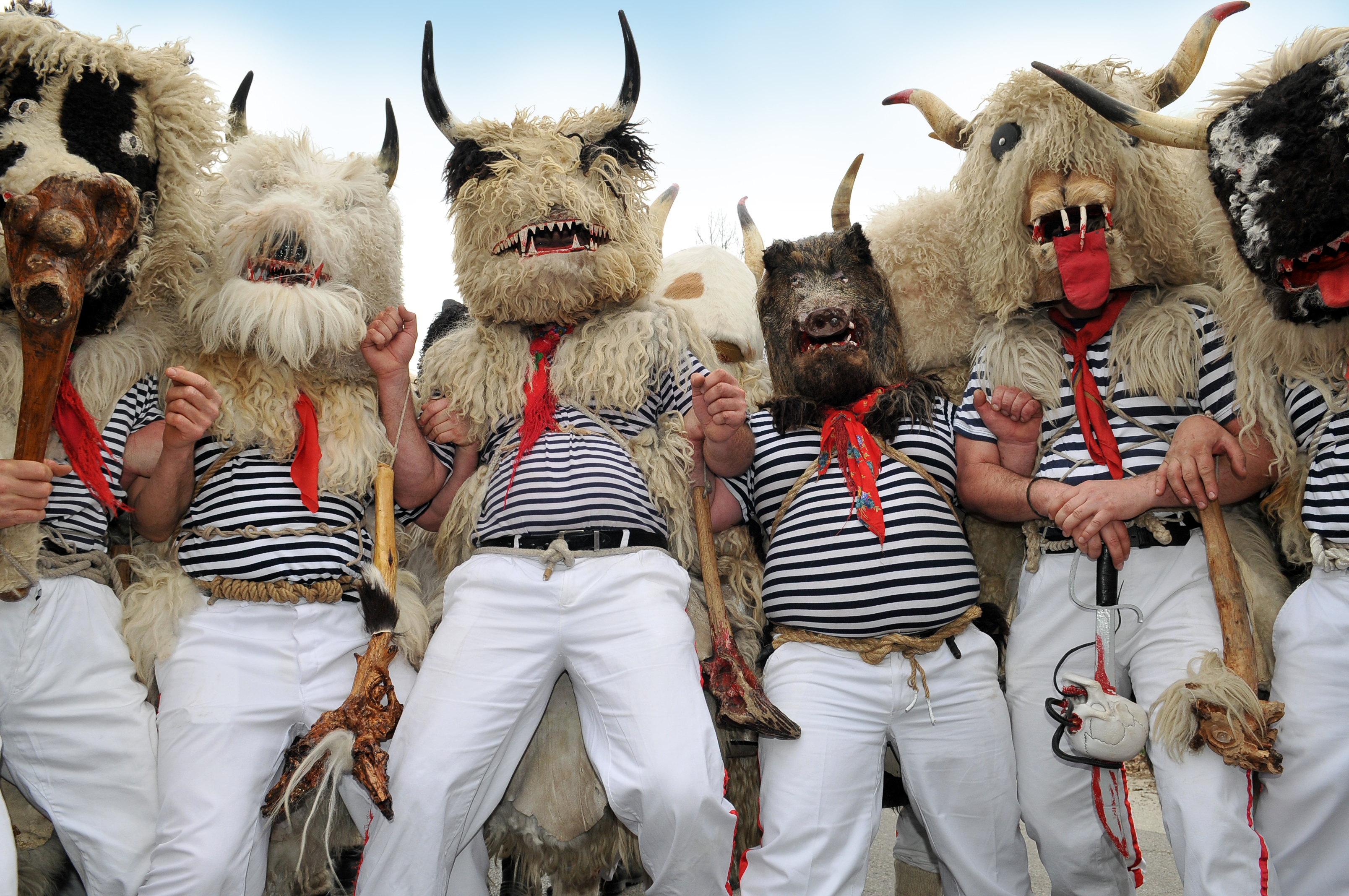
Halubajski Zvončari driving evil spirits away at the end of the Carnival
As I observe the MAERSK ship from the terrace of the Adriatic Hotel later that evening, arriving from China and unloading its containers, I remembered what my friend Dejan Ljuština told me, who has just arrived from Venice with his wife and which carnival has never so poorly done. The reasons for this are allegedly the recent floods and also the coronavirus-induced hysteria that started spreading a few days earlier in Italy’s northern provinces.
Every year, Dejan attends the Mobile World Congress in Barcelona, which was cancelled a few days ago because of the coronavirus. 100,000 people cancelled their participation with Barcelona suffering damages in the amount of $ 500 million. Huawei offered a two-week European quarantine for its participants, however, the fear was stronger. The globally connected civilization we live in gives birth to problems we never dreamed of when we were reading Pekic’s book “Besnilo” (“Rabies”) in 1983, which took place at London’s Heathrow.
The atmosphere on Rijeka’s streets and docks is lively from early morning on Sunday 23rd. After a short stroll around town, while waiting for Sandra to arrive from late breakfast, I decide to adhere to Sartre’s maxim: “If you’re in town for a day, don’t rush around trying to see everything. You better sit in the best cafe and let the town pass in front of you”. I ordered an espresso and mineral water and waited for the carnival parade to begin. Led by Mayor Obersnel and “Master Toni”, the protector of the carnival to whom the mayor symbolically hands over the keys to the city. This year’s Carnival Queen is dressed in an art-deco costume from the early 1920s.
Sandra arrives with the accreditations we received from the kind carnival organizers. We are going down the steps of Rijeka City Hall in the middle of the promenade from which balcony we will observe the carnival procession.
I meet Miro Karlovac, the ambassador of Serbia to Croatia, and together, we shrug our shoulders when asked why Novi Sad was the only European Capital of Culture that has not sent its carnival troupe or even a delegation to Rijeka. Lithuanian ambassador, whose city Kaunas will be the European Capital of Culture (ECC) in 2022, one year after Novi Sad, tells me about their preparations for this momentous event. I was in Kaunas two years ago. Their ECC offices are located in the city centre and have a huge window inviting citizens and tourists to come in and inquire about the EPC programmes and plans for 2022.
Carnival groups are passing by us (each neighbourhood in Rijeka has its own group), many high schools have their own groups, as do villages in the vicinity of Rijeka, many towns in Istria and Dalmatia, guests from Germany, New Orleans, Lithuania and other countries that were or will be European capitals of culture.
Guys and girls dressed as Tito’s pioneers pass by in the defile, walking past the model of the Galeb ship (The Seagull), which renovation was supposed to be finished years ago. Reportedly, it will be over in 2021. Maybe they should send it via the Danube to us, in Novi Sad?
A few minutes later – here they are – Tito and Jovanka. We recognize Toni, the festival master, dressed in a white Tito suit with a cigar in his hand and mayor Obersnel with a high bun, dressed as Jovanka Broz in a long polka dot blue dress.
I am trying to imagine another mayor in the region, on the other side of an imaginary line separating the Balkans from Europe, dressed like this. Albeit unsuccessfully…
The carnival hosts are constantly teasing the mayor, as well as other absent Croatian politicians. Ahead of the queue is a huge effigy of Kolinda Grabar Kitarović, and behind are people in circus costumes followed by a truck bearing a banner that says: “Everything is starting to resemble a circus, but everything is less and less funny.”
While we were heading for lunch, at the Nebuloza tavern, on the banks of the river Riječina, we meet trumpeters from Guča, playing first “Bella Ciao” and then “Djurdjevdan”. Another proof of Rijeka’s multiculturalism and tolerance…
The crowd gathers on the terrace. Antonio from Lošinj is standing next to me. His face is painted black. I tell him that I hope he does not plan to become the Prime Minister of Canada someday because the black face would work against him. We laugh. Political correctness has not yet fully reached the Dalmatian islands.
The crescendo of the festival comes just after eight o’clock in the evening, when Halubajski Ovčari descend on the promenade with the deafening noise of the bells, dressed in sheepskin with pagan masks which, back in the pre-Christian times, were supposed to drive evil spirits away.
Rijeka, the European Capital of Culture 2020, seems to have driven the evil spirits of right-wing, nationalism and xenophobia out of their city a long time ago, so this time the “bell-ringers” (zvončari) did not have too much to do.
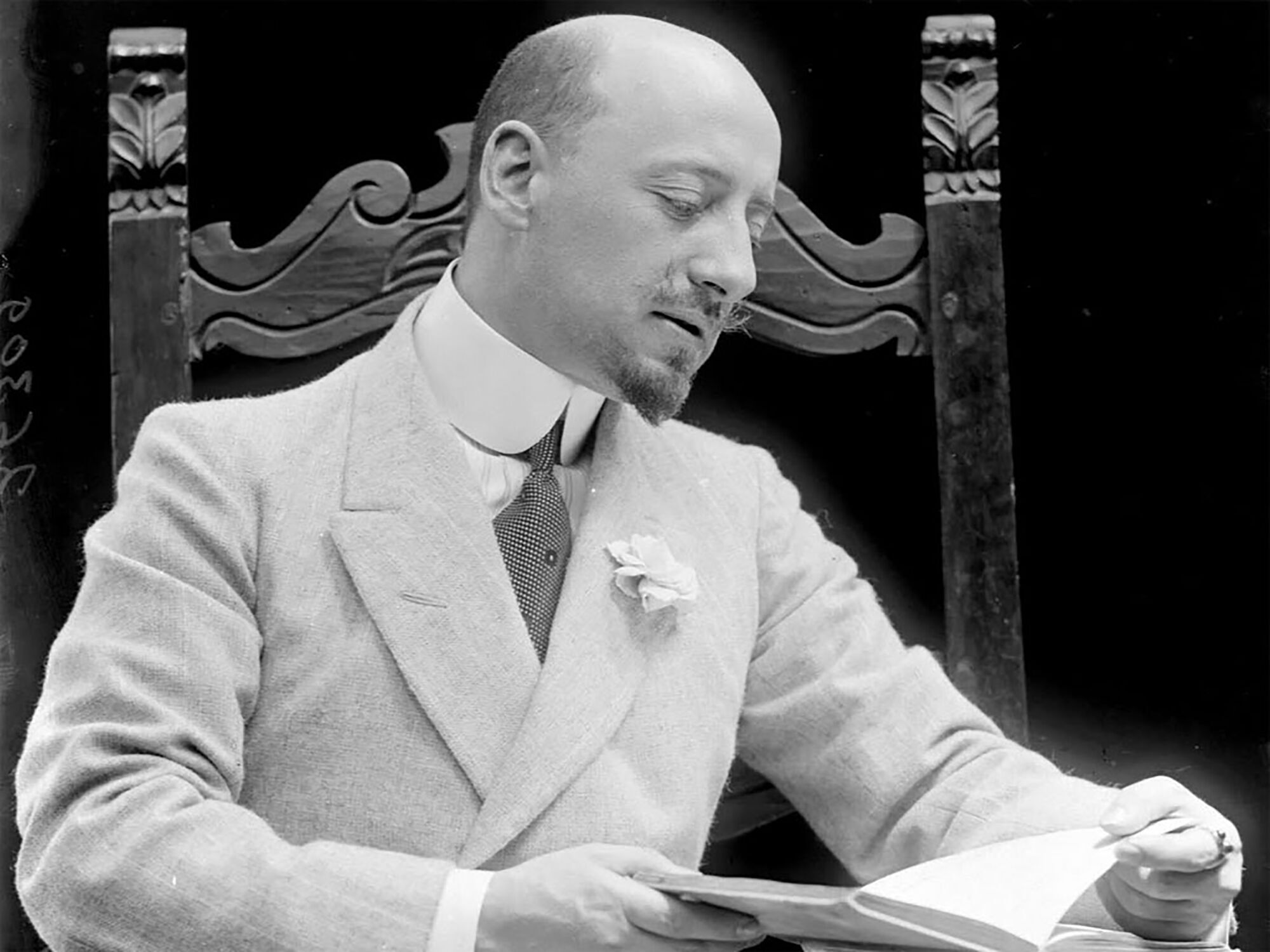
A Kvarner adventure by an Italian poet
In 1919 and 1920, the Governor’s Palace was the residence of Gabriele D’Annunzio, one of Europe’s most controversial figures in the first half of the 20th century.
In 1919, the representatives of the Italian community living in Rijeka offered the Italian poet and soldier Gabriele D’Annunzio to conquer Rijeka and make it a part of the Kingdom of Italy. He agreed to this and subsequently organized hundreds of Italian legionnaires, the recently demobilized Arditi, members of the Italian special infantry, to attack and seize Rijeka.
The double-headed eagle on the city tower was a symbol of Rijeka, but it reminded D’Annunzio’s soldiers too much of the hated Habsburgs. So, when they arrived in town, they first cut off one of the eagle’s heads and replaced it with an Italian flag.
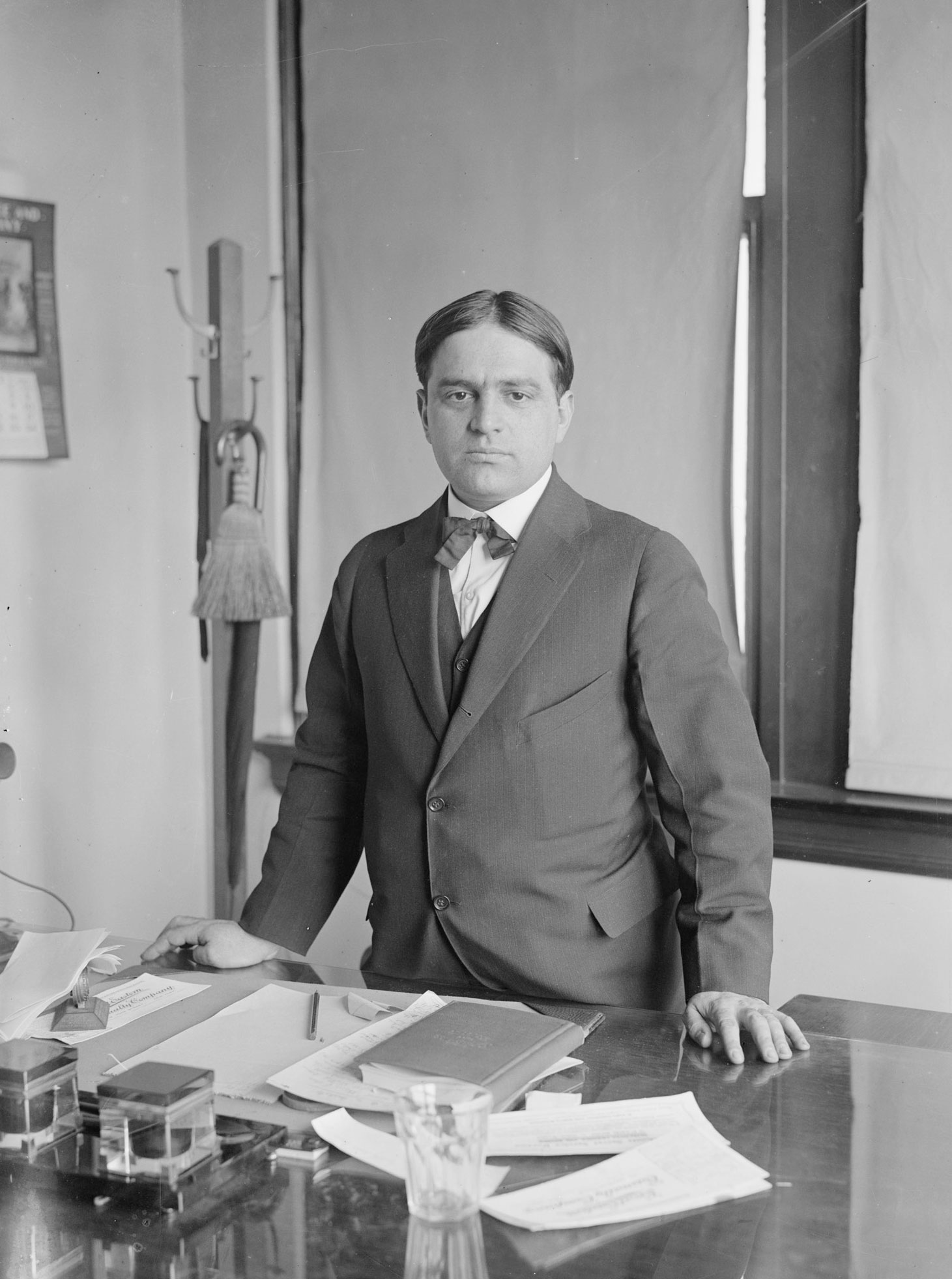
The Governor’s Palace became D’Annunzio’s residence, and he made numerous speeches from the Palace’s balcony. In these speeches, he referred to Rijeka as “a martyr town” (città olocausta, in Italian), or a victim of international politics that prevented the Italian people from uniting in one state.
D’Annunzio was a mesmerizing orator. He is credited with reviving the Roman military salute with a raised hand to which he added the cry “eia, eia, eia, alalà“. He also revived other Roman symbols and placed them at the service of Italian nationalism and irredentism.
On November 12, 1920, the Kingdom of Serbs, Croats and Slovenes and the Kingdom of Italy signed the Treaty of Rapallo, but D’Annunzio rejected it, which led to the Italian Government wanted to expel D’Annunzio ‘s legionaries by force.
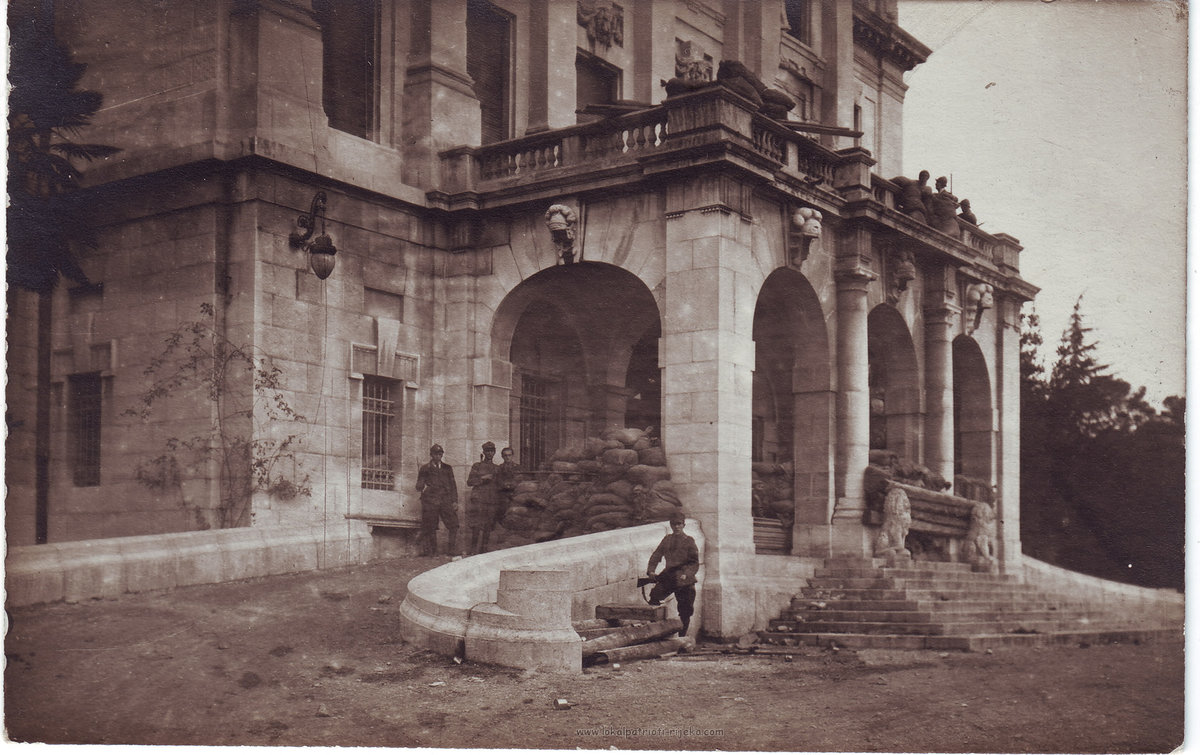
On December 24, Christmas Day, Italian regular military forces attacked D’Annunzio’s legionnaires on Kantrida. In order to protect themselves from the attack coming from Sušak, the legionnaires blew up the bridges on the Rječina River on Christmas Eve.
The ship of the Kingdom of Italy, called The Andrea Doria, fired several missiles towards the Governor’s Palace, wounding D’Annunzio. The killing of the Italian soldiers lasted for 5 days. 22 Arditi, 18 Italian regular soldiers and 5 civilians were killed in the process. This event made history under the term “Natale di Sangue” (Bloody Christmas).
D’Annunzio’s legionnaires began their retreat from Rijeka on January 5, 1921, and the poet-soldier himself left the city by plane 13 days later.
Antrfile 2.
How the famous New York mayor, Fiorello LaGuardia spent days in Rijeka
There is a signboard on the promenade which says that the American consul and later the mayor of New York City, Fiorello LaGuardia lived and worked in Rijeka from 1904 to 1906. During his tenure, he advocated a more organized departure and better treatment of the numerous emigrants who left the port of Rijeka for the US.
LaGuardia was also the name of one of the most important streets in the heart of Rijeka for many years.
LaGuardia became a member of the Republican Party, joined Congress and was elected Mayor of New York three consecutive times, from 1933 to 1945.
Fiorello Henry LaGuardia was born on December 11, 1882, in the Bronx, New York, to a family of immigrants, an Italian father and a Jewish mother from Istria.
For three consecutive mayoral terms in New York, LaGuardia has led the war on corruption and organized crime, as well as successfully pulled the city out of the financial depression that plagued the United States in the 1930s. One of his first moves was to arrest Lucky Luciano. LaGuardia was also known as the friend of the poor and disenfranchised, a mayor who transformed the Big Apple into a modern cosmopolitan city, which earned him the nickname “The Father of New York”. LaGuardia is also the name of one of New York’s famous airports, as well as a high school.
In Rijeka, Fiorello lived in a very modest two-bedroom consular apartment on the promenade, in the house of the Vuković-Jurman family. At the time, he was the only official American representative in Rijeka. In addition to issuing official certificates, his main duty was to supervise the expatriates who departed for New York every two weeks. He was cordial, open and spontaneous in contact with other people, which made him quite popular with Rijeka’s diplomats.
His nickname was “Little Flower”, an English translation of his first name. A Broadway musical about his life, called “Fiorello!”, was also made.